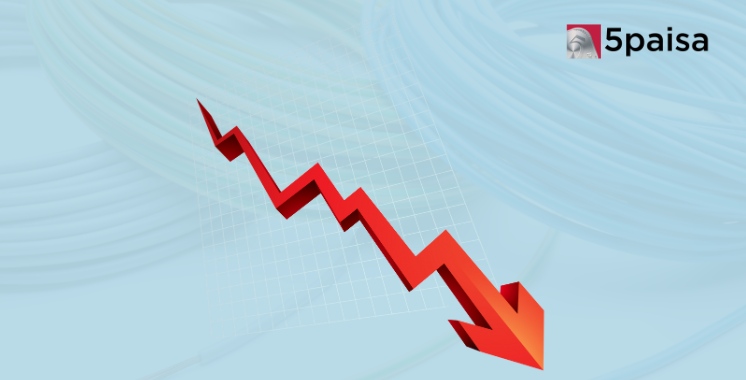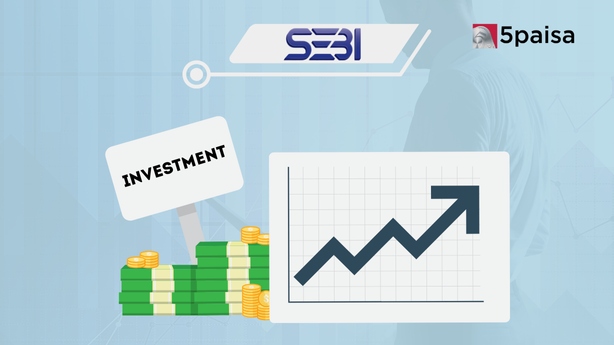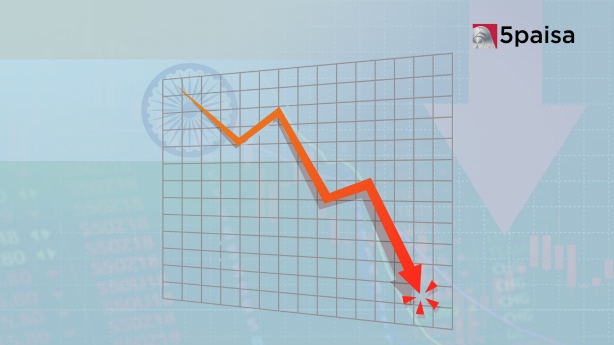Cable and Wire Stocks Decline for Second Session Amid Aditya Birla Group's Market Entry
RBI holds repo rate steady at 6.5%, raises FY24 inflation estimate to 5.4%

India's stock indices decline as RBI introduces a new liquidity strategy. RBI Governor announces 10% ICRR for banks to manage excess liquidity from factors like ₹2000 notes. Banking shares dip, Nifty Bank index falls. The media and metals sectors managed to eke out profits, while the fast-moving consumer goods and consumer durables sectors grappled with notable losses. RBI revises inflation forecast to 5.4% for 2023-24 due to unexpected factors, emphasizing price stability. Maintained policy rates at 6.5% indicate a cautious approach. Rising retail inflation prompts the need for strategic adjustments amid growth and stability considerations.
What Happened: RBI's Unconventional Move and Market Response
The focal point of market attention was the RBI's decision on interest rates, widely projected by analysts to remain stable at 6.50%. This projection was indeed confirmed, eliciting a subdued reaction in the currency market. The Indian rupee witnessed a marginal decline against the dollar, with a slight dip to 82.84 – a mere two basis points adjustment from the previous day's closing rate. Simultaneously, the 10-year bond yield exhibited remarkable stability, suggesting that investors were cautiously interpreting the rate decision.
However, the real intrigue unfolded with a surprise move by RBI Governor Shaktikanta Das. He introduced a short-term incremental cash reserve ratio (ICRR) of 10% for scheduled banks, effective August 12. The rationale behind this unconventional step was to absorb the excess liquidity generated by a surge in net demand and time liability between May 19 and July 28. One contributing factor to this liquidity excess was the re-circulation of ₹2000 notes, adding to the intricacy of the situation.
Why It Happened: Unveiling the ICRR Strategy
Governor Das underscored the temporary nature of ICRR, clarifying that it aimed to manage the prevailing liquidity surplus within the banking system. This strategy stood in contrast to the existing cash reserve ratio, which remained steady at 4.5%. The immediate market response was felt most acutely in the banking sector. Prominent banks such as ICICI Bank Ltd., AU Small Finance Bank Ltd., and Kotak Mahindra Bank Ltd. saw their share values collectively decline by nearly 1%, while the Nifty Bank index plummeted by 0.90%, slipping below the critical 45,000 mark.
As the Indian market grappled with these developments, global stock futures painted a slightly different picture. European and U.S. stock futures displayed upward momentum, seemingly undeterred by the mixed performance of Asian equities. This divergence in global market sentiments added an additional layer of complexity to the unfolding scenario.
How It Will Impact: Navigating Complexity and Shifting Trajectories
The RBI's innovative approach to liquidity management introduces a fresh layer of complexity to India's financial landscape. As market participants strive to comprehend this evolving scenario, all eyes remain fixed on the potential impacts of the ICRR. Beyond immediate repercussions, the focus extends to both short-term liquidity dynamics and the broader, long-term implications for the country's economic stability.
On the domestic front, a significant recalibration emerged in the form of revised inflation projections for the fiscal year 2023-24. India's retail inflation is now projected to reach 5.4%, reflecting a response to a series of factors that have collectively exerted upward pressure on inflation. Governor Das attributed this revision to various elements, including the critical determinant of a normal monsoon, which significantly influences agricultural output and, consequently, inflation dynamics.
Impact on Inflation and Future Considerations
The revised breakdown of inflation projections reveals a second-quarter (Q2) spike to 6.2%, followed by moderation in the third quarter (Q3) at 5.7%, and a further dip to 5.2% in the fourth quarter (Q4). Looking ahead to the subsequent fiscal year's first quarter (2024-25), retail inflation is projected at 5.2%. The recalibration largely stems from unexpected price shocks within the vegetable segment, which notably impacted second-quarter headline inflation.
Economic Analysis and Market Response
Economists observed that the RBI's decision not to alter the repo rate or its stance signaled a cautious approach amid the shifting inflation outlook. He noted a significant increase in the inflation forecast from 5.1% to 5.4%, particularly expressing concern over the second quarter potentially exceeding 6%. This shift in inflation trajectory dampens prospects for a rate cut within the current calendar year, especially considering the projected 5.7% inflation in the third quarter.
The RBI maintained the policy rates at 6.5%, underscoring its commitment to managing inflationary pressures. As retail inflation in India is predicted to reach 6.40% in July, breaching the RBI's tolerance band for the first time in five months, strategic adjustments are imperative for investors to navigate uncertainties.
- Flat ₹20 Brokerage
- Next-gen Trading
- Advance Charting
- Actionable Ideas
Trending on 5paisa
02
 5paisa Research Team
5paisa Research Team
03
 5paisa Research Team
5paisa Research Team
04
 5paisa Research Team
5paisa Research Team
Indian Market Related Articles
Disclaimer: Investment in securities market are subject to market risks, read all the related documents carefully before investing. For detailed disclaimer please Click here.




